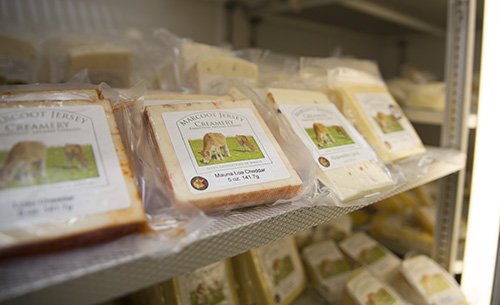
When it comes to dairy products, American dairy farmers received 38 percent of the retail food dollar in 2014.
When viewed another way, that means every time a consumer spent $10 at the grocery store on dairy products, farmers received $3.80. The remainder of the money went toward processing, transportation and other vendors in the supply chain.
Not all dairy products were equal, as some products return more or less to those producing the milk.
On the high end, dairy farmers received 61 percent of the retail food dollar for whole milk. The previous high was 54 percent posted one year earlier. Meanwhile, the lowest return to dairy farmers over the past 14 years was 2006's 41 percent.
Like whole milk, cheese also performed well . . . dairy farmers netted 39 percent or $3.90 for every $10 spent by consumers. The category topped out in 2007 when there was a 42 percent return to dairy farmers.
Ice cream represented the low point among dairy products with only 22 percent going to farmers who produced the milk. The lower farm share of ice cream is linked to the nondairy ingredients and further processing of the product.
Dairy farmers' share of the retail food dollar tends to track high during high milk prices. Of course, 2014 represented one of the best milk price years in modern dairy history. The last time the share of money returned to dairy farmers trended this high was 2007 and 2008. Those years recorded 35 and 32 percent, respectively.
Click to view the data.
(c) Hoard's Dairyman Intel 2016
March 14, 2016








